How to Make Colored Pencils Look Good
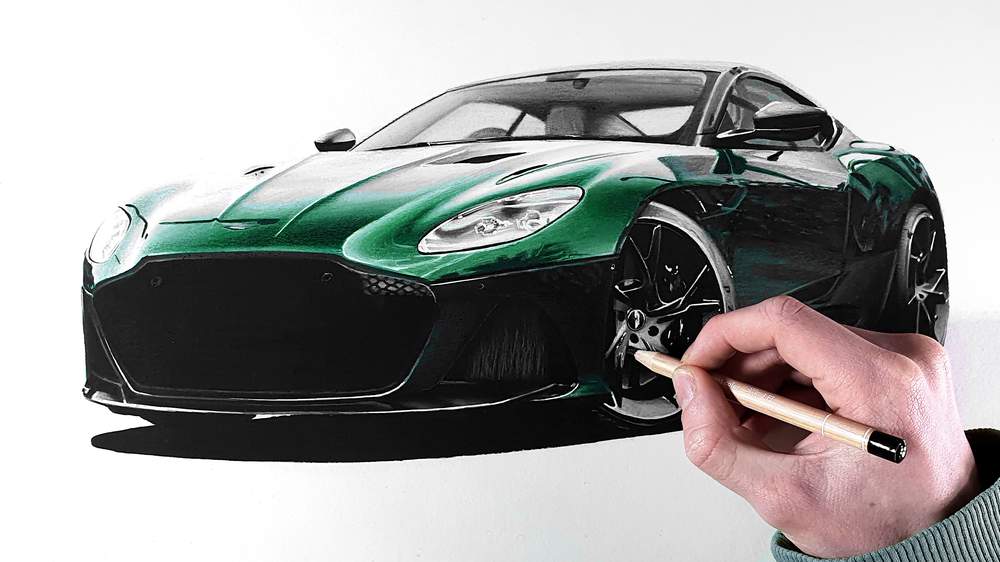
If you're a fan of drawing with colored pencils and looking to up your game, you've come to the right place.
As someone who's spent a considerable amount of time perfecting the art of colored pencils, I'm here to share my secrets and tips for making your colored pencil artwork shine.
What Can You Do to Make Your Colored Pencil Drawing Look Good?
Colored pencils have become increasingly popular as an art medium, and for good reason. They're versatile, easy to work with, and offer a wide range of colors to choose from. But what really sets your work apart is the way you use these fantastic tools. That's why I'm going to share some techniques and strategies to make your colored pencils look even better!
1. Choosing High-Quality Colored Pencils
First things first: quality matters. High-quality colored pencils have more pigment, better lightfastness, and smoother application than their lower-quality counterparts. To choose the right colored pencils for your artwork, consider factors like your budget, the type of artwork you're creating, and your personal preferences. Investing in a good set of colored pencils will make a world of difference in your artwork.
2. Selecting the Right Paper
Believe it or not, the paper you use has a significant impact on how your colored pencil artwork turns out. Choosing the right paper depends on factors such as texture, weight, and color. A paper with a bit of tooth will help the colored pencils grip better and allow for more layers. Don't be afraid to experiment with different types of paper to find the perfect match for your artwork. Here's a list of my favorite brands of paper for colored pencils.
3. Applying Color
When it comes to applying color, a gentle approach goes a long way. Use a light hand when laying down color and build it up gradually in layers. This will help you achieve more depth and avoid a waxy or muddy appearance. Play around with different pressure and stroke techniques to create a variety of effects in your artwork.
4. Blending Colors
Blending is an essential skill that helps you create smooth transitions between colors. Using a blending tool, such as a colorless blender or solvent, will make this process much easier. Don't be afraid to experiment with different color combinations and blending mediums and see what works best for your artwork. Remember, practice makes perfect!
5. Shading and Highlighting
To bring your colored pencil artwork to life, mastering shading and highlighting techniques is crucial. These skills will help you create a sense of depth and dimension in your work. Study and practice different shading techniques, such as hatching, cross-hatching, and stippling. Don't forget to add highlights to make your artwork pop! The useless white colored pencils are actually quite handy for this, as are white paint pens like the Posca PC-1MR.
6. Using Reference Photos and Real-Life Objects
Reference photos and real-life objects are invaluable tools to improve your colored pencil artwork. They help you understand the colors, shadows, and details of your subject. Take your own reference photos or find some online to study and use as inspiration. Just make sure to use them as a guide, not as a strict blueprint.
7. Working in Good Lighting Conditions
Lighting plays a significant role in how your colored pencil artwork looks. Make sure to work in good lighting conditions to ensure accurate colors and shading. Ideally, natural light is the best option, but if that's not available, use a daylight bulb or a lightbox to mimic natural light.
8. Taking Breaks
Taking breaks from drawing is vital for both your physical and mental well-being. Working for long periods can lead to eye strain and hand fatigue, which can negatively impact your artwork. Make it a point to take regular breaks, and don't forget to stretch your hands and give your eyes a rest. This will keep you feeling refreshed and ready to create your masterpiece.
9. Embracing Mistakes
Let's face it: we all make mistakes, and that's okay! Embrace your mistakes and learn from them. They're an essential part of the creative process and can even lead to unexpected, beautiful results. Keep a positive attitude, and remember that practice is the key to improvement. And to be honest, no one else will probably see the mistakes you made. That's one thing I always try to keep in mind.

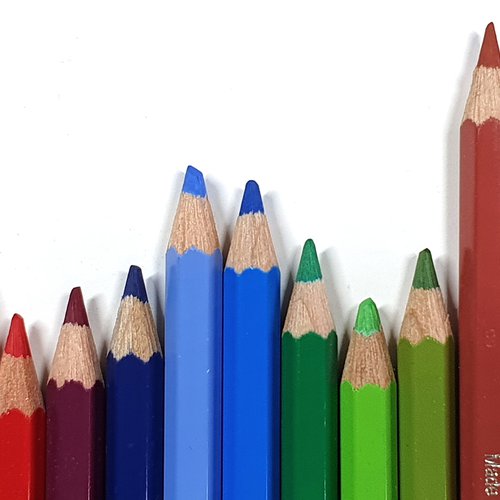
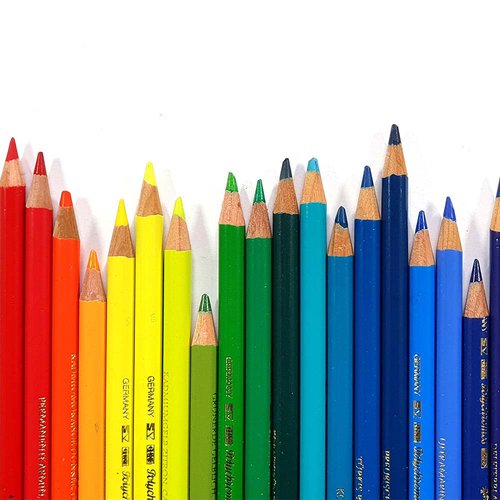

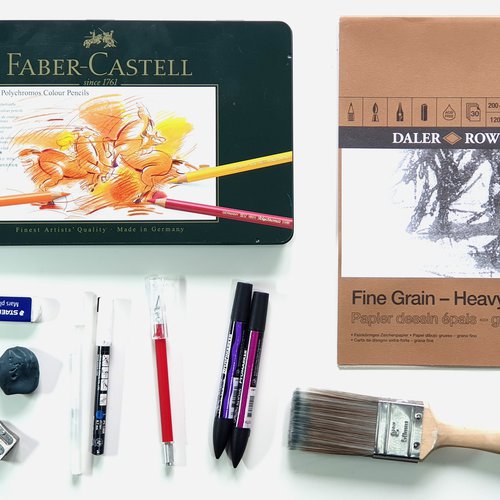

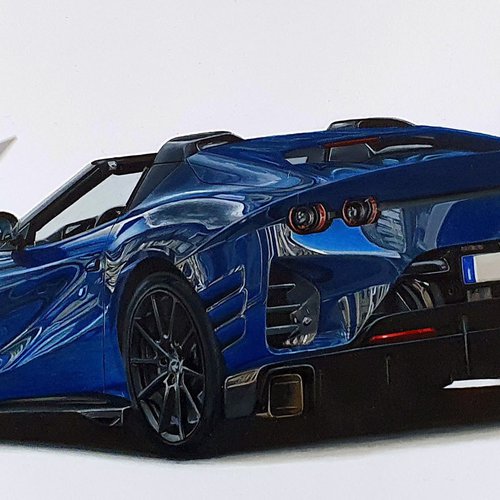




Add a comment
Comments
Nice suggestions and beautiful art!